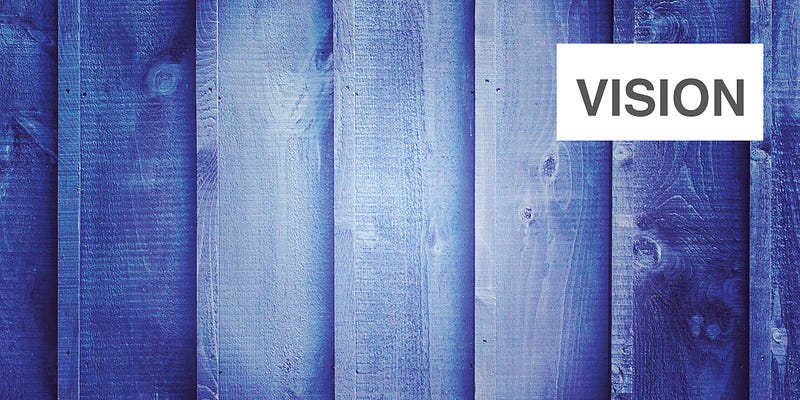Score of the Week | Vision | Andrea Ramsey
[caption id=”attachment_34267" align=”alignnone” width=”1200"]
Vision | Andrea Ramsey | MusicSpoke[/caption]
When students came to Roger Sessions to study composition, he would often look over their music and ask, “What piece do you want to be able to write?” Students would say something like, “The Stravinsky Octet”, and Sessions would say, “If you work hard, you’ll be able to write that in about 2 years.” The point is, when you process large amounts of music and teach, you become very adept at quickly gauging the technical ability of composers. You can tell if someone is controlling their materials or if they are still learning how to make the notes do what they want. You can get a sense of their harmonic ability or if they need more counterpoint study. I can assess all of that stuff with frightening accuracy within about 30 seconds…and then sometimes I get it all wrong.
When I first heard Andrea Ramsey’s music, I thought, “Well, it’s pretty, and she knows how to control her materials and write in a style that will probably sell a lot of copies.” That’s all true, but it wasn’t until I read through the score of “Vision” that I realized that there is a sophisticated, musical mind behind all the Southern charm. It was there all along, but I missed it because I did my quick assessment and didn’t look deeper. “Vision” opened my eyes.
“Vision” is a setting of a May Thielgaard Watt poem for SATB chorus and piano. The first thing I love about the setting is that Andrea cares about text and how to set it. I’ve discussed this before on this blog, and it’s a complicated topic. There is a way that you could change out a text in a Palestrina piece that would be somewhat less obvious than if you did the same thing for a Schubert lied. There are some fabulous examples of successful pieces where the music was written before the text like “Yesterday” by the Beatles or most of the songs by the Gershwin brothers. “Vision” is not that music. It is very text specific. You would have a much harder time switching out the text with something else.
The concern for text setting also allows Andrea to explore a fairly wide range of musical ideas. First of all, it is not all the same speed. Beethoven used to do that a lot. Today, we don’t see pieces that go at different speeds as often. Because it is doing different things, it gives us the sense that we are on a real adventure.
The poem is a “catalogue” text, and Andrea shows a remarkable diversity when she is setting the specific examples by using mixed meters, some surprising harmonic turns, and even a portamento.
Of course, the trick for a composer is that when you are exploring lots of new and remarkable areas, you have to figure out how to hold the thing together. If we forget how to get home, we can loose interest in the story and forget why we went on the trip in the first place. Andrea handles this problem in a very clever way. She takes the text “today there have been lovely things” and sets it in a similar fashion at the beginning, in the middle, and at the end. The thing is, it’s not even exactly the same at the end. Like a good journey, we are a little different when we get back home.
It’s a wonderful piece, and it’s no surprise that it’s becoming so popular.
Listen to Andrea Ramsey’s “Vision” at the link below.
Vision | Andrea Ramsey | MusicSpoke
Explore more Scores of the Week at the links below.
Score of the Week | Song for the Prairie Sky | Braeden Ayres
Score of the Week | The Seven Last Words of the Unarmed | Joel Thompson



